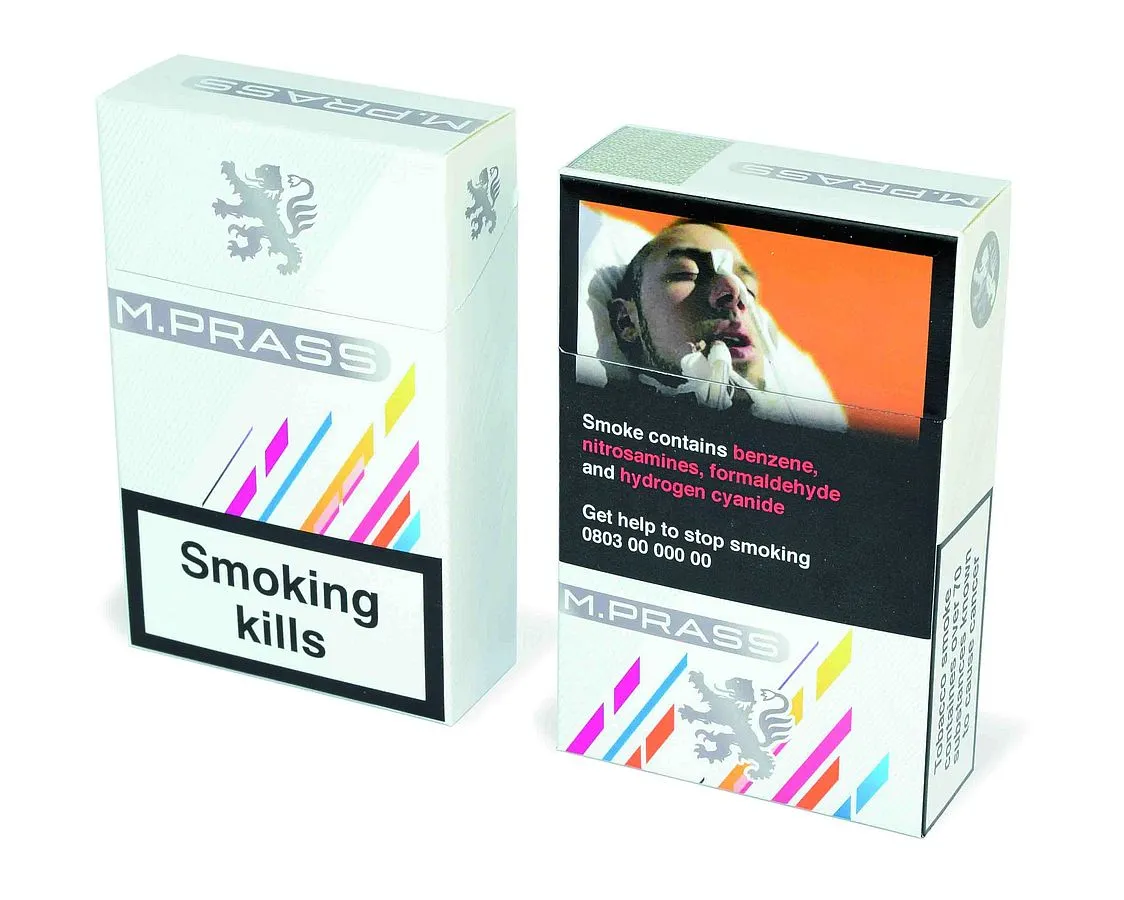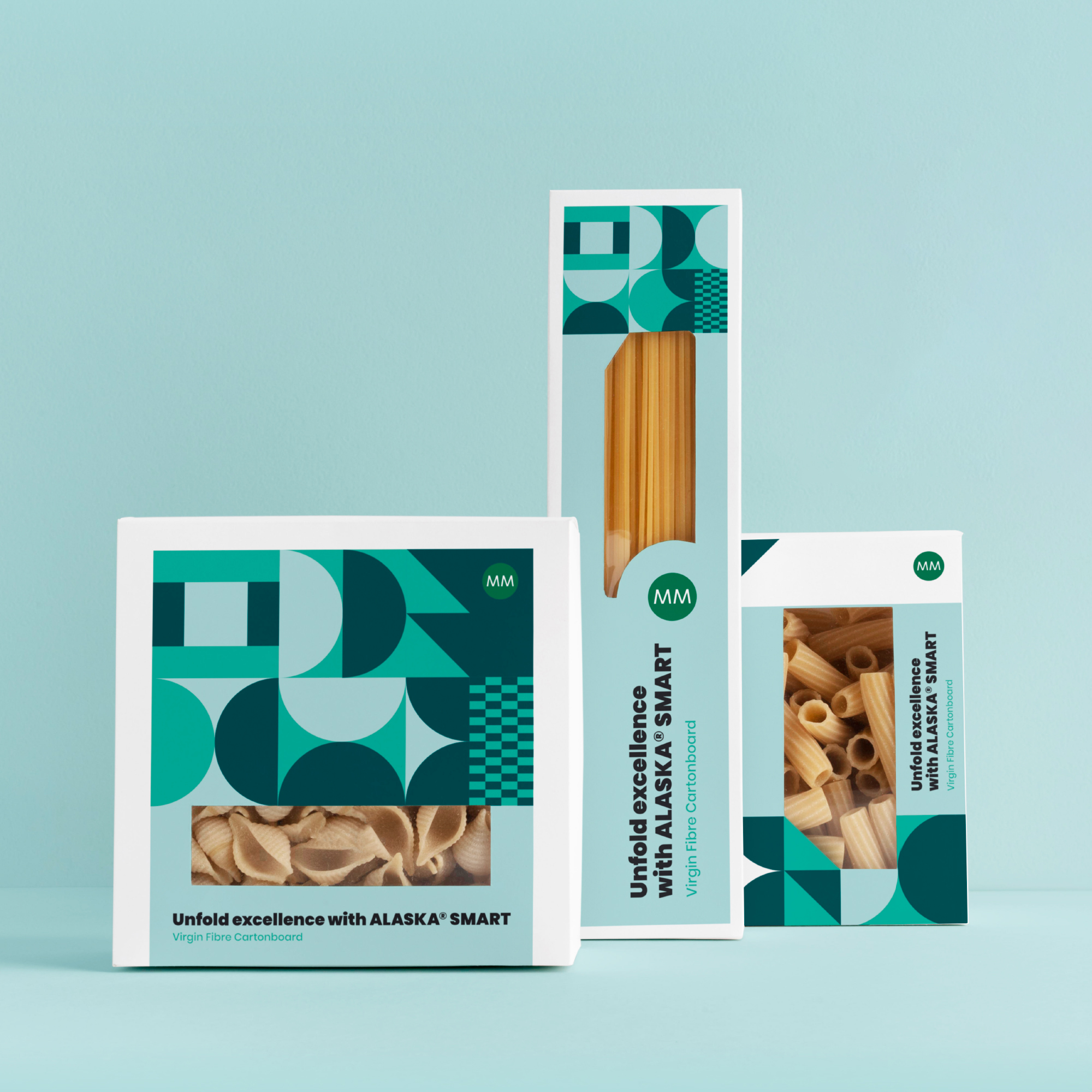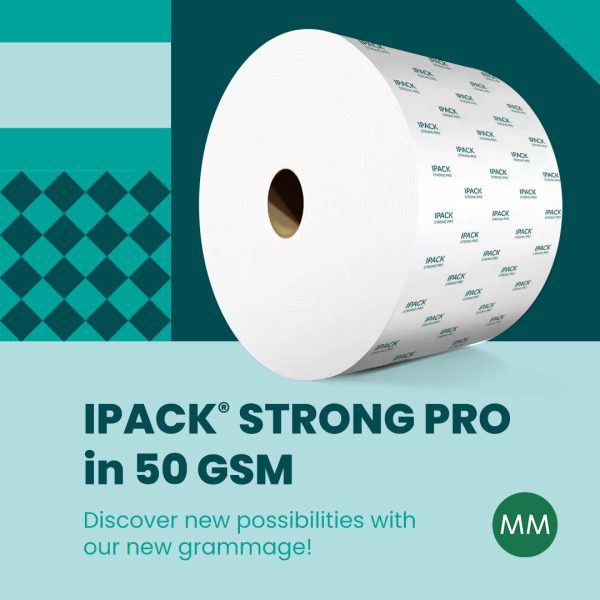New EU Tobacco Product Directive – Uniform Packaging not Constructive
At the end of February 2014, the EU parliament voted to tighten EU Guideline 2012/0366 on tobacco products (TPD) – in spite of massive protests from the tobacco industry. Smokers are to be dissuaded from smoking by means of drastic warnings. At the same time it will be easier to produce counterfeit products due to the simplification and standardisation of cigarette packaging.
Specifications imply uniform packaging
The new TPD contains many requirements governing the design of the packaging, thereby implicitly specifying standardised, uniform packaging.
- The minimum diameter of the cigarettes, minimum size and minimum contents (20 pcs) of a cigarette packaging are all defined.
- The cigarette packaging must be rectangular and have a hinged lid as its opening mechanism. The position of the lid hinge is specified as being on the back of the packaging.
The graphic design is also fixed:
- Combined health warnings will in future take up 65% of the front and back of the cigarette packaging, whereby the area is divided between warning copy such as “smoking kills“, images with deterrent effect and information on how to quit smoking. The individual elements must meet minimum dimensions.
- The warnings must be placed along the top edge of the packaging, running in the same direction as the other information on the packet.
The other specifications concentrate on the ingredients and flavouring of tobacco products, smokeless tobacco (snuff and snus), e-cigarettes, guidelines on cross-border trading and measures to combat illegal trafficking.

Uniform packaging controversial
The production of cigarette packets makes high demands of the folding carton manufacturer both with regard to printing and construction. The right technical equipment and expertise are essential – the entry barrier to this market segment is therefore correspondingly high. The graphic design of the packets is now to be reduced to a low level. There is a danger that high-tech printing systems will be replaced by simple techniques and systems due to the low level of the specifications.
The barriers to counterfeit packaging and counterfeit products entering the market will be reduced to a minimum by standardised packaging. It will be considerably harder to differentiate between an original product and a counterfeit packaging with cheap, illegal and potentially dangerous products. That is why a massive increase in counterfeit packaging is to be expected. It remains to be seen what consequences this will have on the health of those who buy them. Tax receipts will probably go down too as a result of the counterfeit products.
We will see in 2017 whether the introduction of standardised packaging has negative consequences, and if so, to what extent they will be detrimental to the health objectives of the EU: The new guideline has been adopted at the end of April 2014 and EU members will have to implement it in their national legislation by 2016. From 2016 all new packets will have to be produced in accordance with the new specifications while packets in the “old“ design still in stock may be sold until the spring of 2017. By then at the latest, all tobacco products on sale must meet the new guideline.



